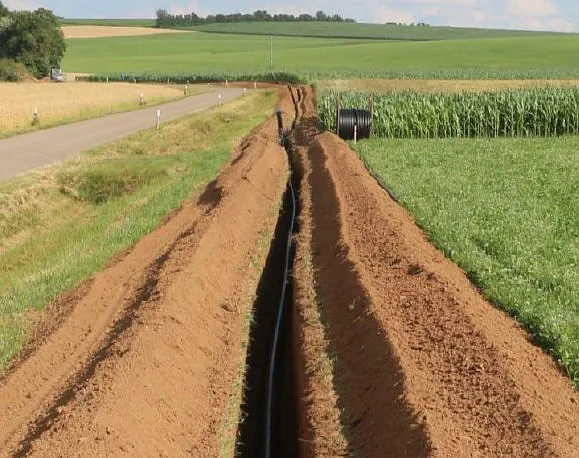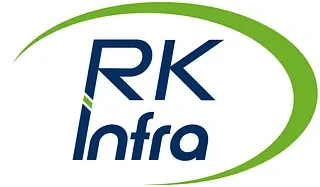
27/10/2025 0 Comments
FibreFlex: Building a More Sustainable Future, One Narrow Trench at a Time
When it comes to modern infrastructure, innovation isn’t only about materials — it’s about method. Every meter of trench dug, every load of soil displaced, and every litre of fuel consumed affects both the environment and project efficiency. That’s why Fibreflex piping systems are redefining how we think about sustainable construction and network installation.
When it comes to modern infrastructure, innovation isn’t only about materials, it’s about method. Every meter of trench dug, every load of soil displaced, and every litre of fuel consumed affects both the environment and project efficiency. That’s why Fibreflex piping systems are redefining how we think about sustainable construction and network installation.
1. Smaller Trenches, Greater Impact
Traditional pre-insulated pipe systems require wide and deep trenches, leading to:
- More excavation work
- Increased soil removal and transportation
- Higher fuel consumption for heavy machinery
- Greater surface disruption to roads and fields
Fibreflex, by contrast, enables narrow-trench installation — often reducing trench width by up to 40–50% compared to conventional rigid systems.
This means:
- Less soil movement → fewer truck trips → lower CO₂ emissions.
- Faster installation → shorter project timelines → reduced energy and labour costs.
- Minimal disruption to agricultural land, roadways, and local ecosystems.
- It’s a small design difference with a massive environmental impact.
2. Flexibility Means Efficiency
Fibreflex’s flexible, high-strength composite structure allows it to adapt to terrain and curvature without the need for excessive joints or fittings.
That flexibility translates into:
- Fewer connection points, meaning less heat loss and leakage risk.
- Simpler logistics: coils can be delivered in long lengths, minimizing onsite joins.
- Smoother installation around existing infrastructure, reducing rework and heavy excavation.
- Where traditional systems might need precise alignment and jointing, Fibreflex bends to the project, not the other way around.
3. Sustainability Built In
The ecological benefits go beyond the construction phase. Because of its efficient insulation and long-term durability, Fibreflex contributes to lower lifecycle emissions:
- Lower thermal losses in heating and cooling networks.
- Reduced material demand (thanks to thinner trenching and smaller fittings).
- Minimal maintenance requirements, extending service life and cutting future resource use.
- Over a 50-year lifecycle, these cumulative savings make a measurable difference in carbon footprint and operational costs, supporting both client sustainability goals and EU Green Deal standards.
4. Cost and Community Advantages
Narrower trenches and faster laying times directly translate to:
- Lower total project costs
- Less disruption to local residents, roads, and farmland
- Quicker restoration of terrain post-installation
- For municipalities and developers in Upper Austria, where environmental impact assessments are increasingly important, Fibreflex presents a smarter, more community-conscious alternative.
5. The Future of Smarter Infrastructure
At RK Infra, we’re integrating solutions like Fibreflex to stay ahead of the curve — not just in technology, but in responsibility.
Every kilometer of pipe we lay with narrower trenches represents less waste, less disturbance, and a smaller environmental footprint.
Sustainability isn’t only about what you build — it’s about how you build it.


Comments
Leave a comment